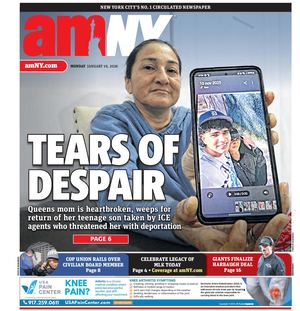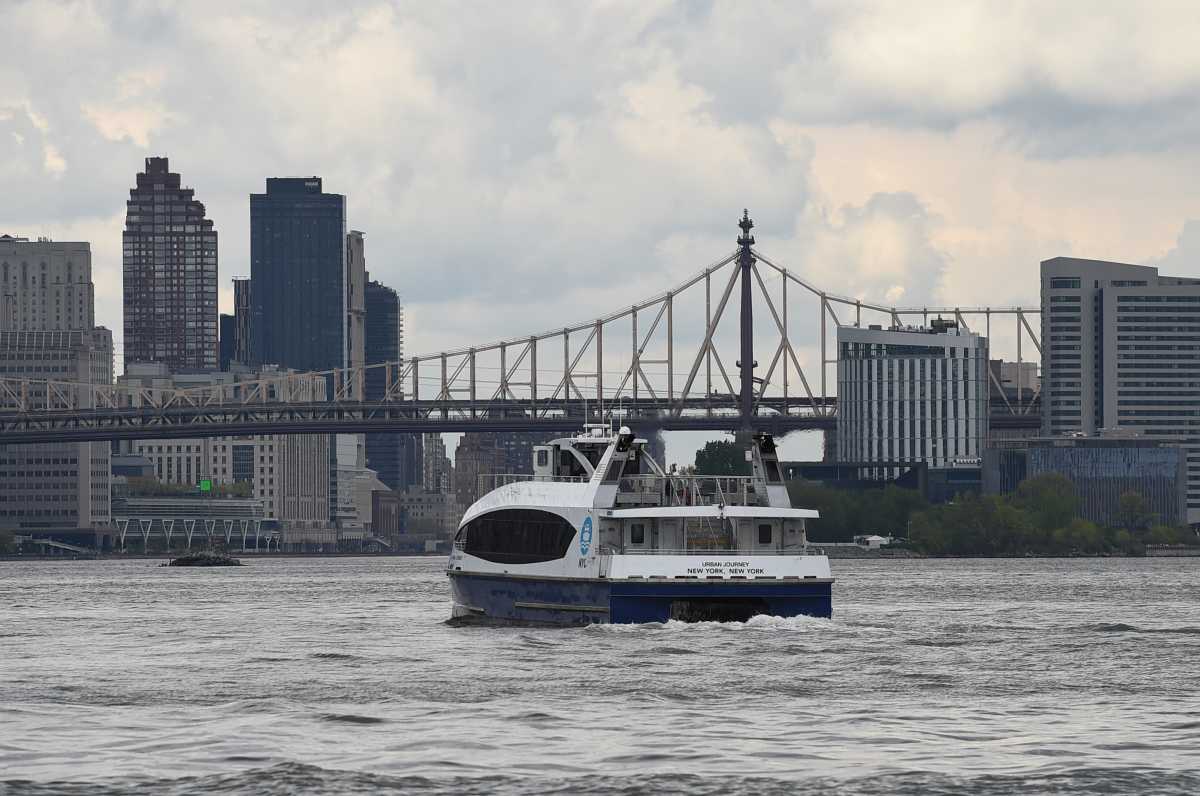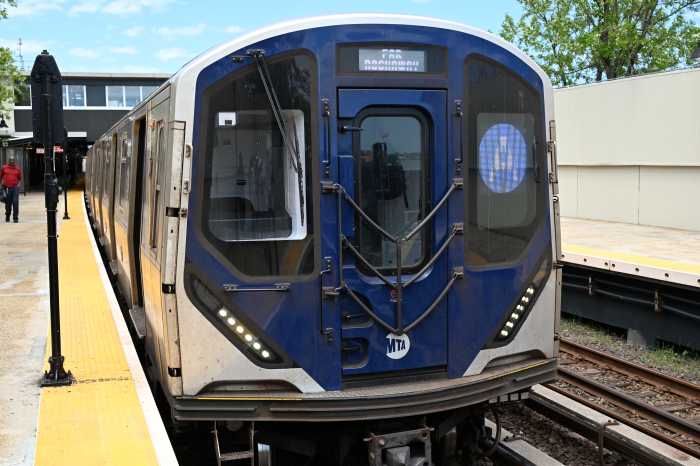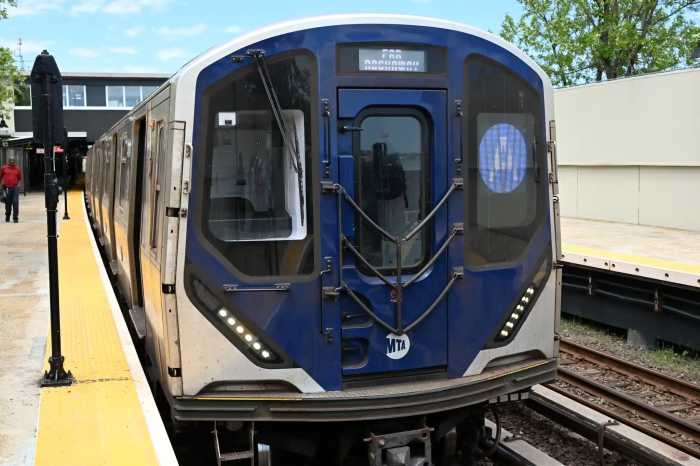NYC Ferry service is expanding to where some critics have been urging for an extended period of time – from Astoria to 90th Street on the East Side of Manhattan.
Leaders from the NYC Ferry, operated by Hornblower through the city Economic Development Corporation, say this comes at no additional cost to taxpayers and that the small detour across the East River changes nothing about the ferry services subsidy.
A source knowledgable to the decision by NYC Ferry explained that they hope to serve a more diverse crowd of riders by providing straightforward access between the widely immigrant communities of northwest Queens with hospital centers, museums and other necessities.
“Establishing additional connections and cutting travel time between neighborhoods and job centers is what NYC Ferry is all about,” James Patchett, president of the EDC said. “We are proud to extend the Astoria route to serve Upper Manhattan. By building a more connected city, we are creating greater access to jobs, open space, and cultural institutions for New Yorkers.”
The Astoria line not only serves Astoria, however. The route takes people as far south as Wall Street, essentially acting as a connection for those riders as well.
According to the source, the Astoria line has been in existence since the inception of NYC Ferry in 2017, but the slight change in the route comes as the EDC is realizing higher demand – about 70% of riders – in the peak hours need east-west service, as opposed up and down the river.
“Western Queens and Manhattan’s East Side will be linked via ferry for the first time in almost a century, which will offer a lifeline to Astoria Houses residents who need to access healthcare across the river,” Councilman Costa Constantinides said in a statement. “Sadly, far too many Astoria residents west of 21st Street are forced to take exhausting trips on buses, across bridges, and then subways just to visit a hospital or a specialist. Expanded ferry stops are a step in the right direction to ending geography and race’s influence on healthcare.”
Early on in the ferry’s buildout, expansion was focused on entirely new routes rather than changing existing routes, something requested by community organizations for a long time. But they are hoping to take advantage of the direct route across the river that will have no impact on future budgetary demands.
While fiscal 2020 has not closed, the ferry’s financial standing has been subject cuts due to COVID-19, as with every other city service. But NYC Ferry is able to deliver this at no additional cost, only a slight headway change from 34 to 37 minutes for riders. Currently, fares on NYC Ferry are $2.75 with a city subsidy of about $9.34 per rider.
Projected budget reductions in for fiscal year 2021 are expected to stand at about 20%, and much of the changes that will come of the cuts will be in the form of a reconfiguration, consolidation of routes such as on the Lower East Side. The source says this has the potential to generated a lot of savings.
“This vital NYC Ferry connection between Astoria and Manhattan is an important step in connecting Western Queens residents – many of whom are essential workers at our city’s hospitals and medical institutions – directly to employment, education, and cultural opportunities that until now required an onerous commute,” Claudia Coger, President of Astoria Houses Tenant Association, said. “Residents on either side of the East River have much to share, and this connection ensures that residents of Manhattan and Queens continue to work together as one city.
NYC Ferry anticipates a strong ridership return, after a decrease by about half of what it was pre-pandemic, as commuters realize the benefits of traveling by ferry in midst of a health crisis. Not only do ferries provide the only form of transit in the city that can actively manage capacity at every stop, unlike subways and buses, but the source also agrees that the open-air travel option on the upper decks could prove to be more and more attractive to ferry riders.
Monthly ridership was up 61% from June to July, according to the EDC.





































